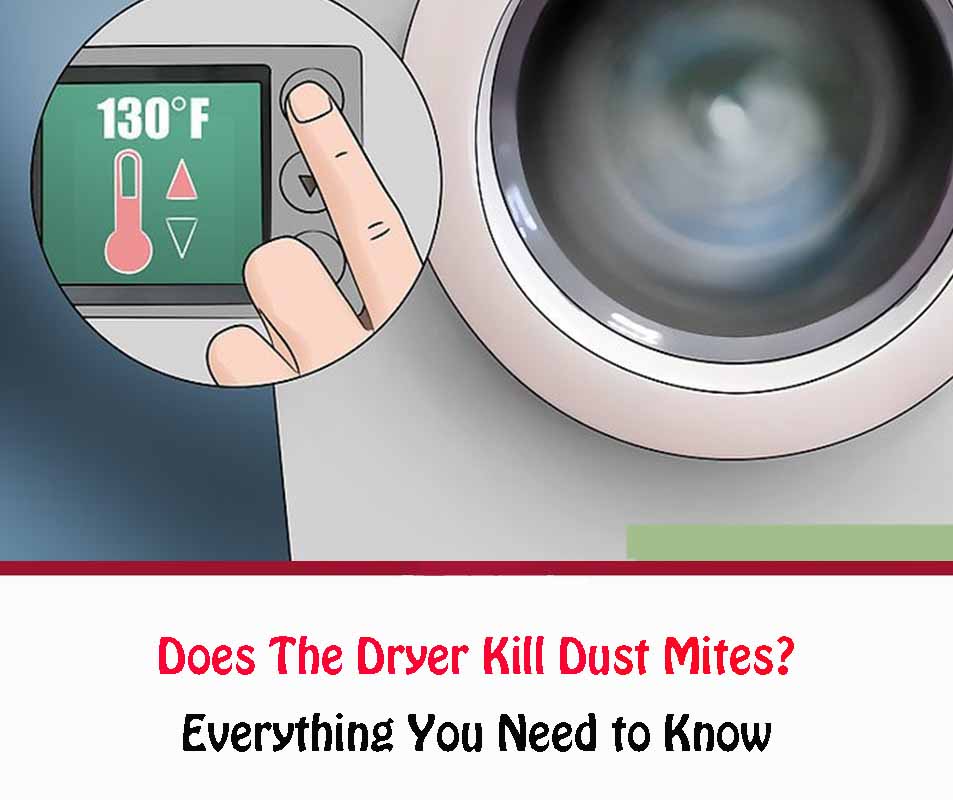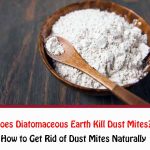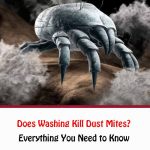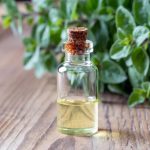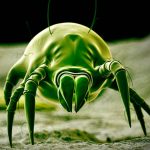Dust mites are pests, parasites, insects, and terrible allergens that can cause too much trouble for asthmatic people. It is like nonstop scratching, sneezing, and coughing, which can lead to such extreme conditions. These bugs are termed “environmental allergens,” which is because dust mites are everywhere and anywhere.
There is no season as to when it attacks. The mites are present all year long. No matter how clean your house is, there will always be dust mites in it. This is an allergy suffered by many all year long, so prevention of its spread is a must. With some lifestyle changes, medicine for allergies, and home cleanliness where necessary, allergies from dust mites can be contained.
These bugs are so tiny that the naked eye cannot see them. Under a microscope, though, it is visible, and it looks like an eyeless spider. It has pointy legs and what would appear as pincers. These pincers are the ones responsible for collecting dead skin cells that shed off from living things. Dust mites are scavengers. They scavenge skin because it is how they live. The problem is when these mites get into contact with a person’s body. It will create allergies that can be very uncomfortable.
Dust mites do not bite. They do not have a mouth, nor do they have teeth. Instead, those pincers collect the dead skin cells, and from doing so, the dust mites release a digestive enzyme. This enzyme causes allergies to human skin.
How Do You Know If You Have Dust Mites?
Contents
- 1 How Do You Know If You Have Dust Mites?
- 2 Can You Get Rid Of Dust Mites?
- 3 Does The Dryer Kill Dust Mites?
- 4 Can Putting Pillows In The Dryer Kill Dust Mites?
- 5 Why Can’t Ordinary Washing Kill Dust Mites?
- 6 What Laundry Detergent Kills Dust Mites?
- 7 How To Use A Laundry Dryer To Kill Dust Mites
- 8 How To Choose The Right Dryer For Dust Mites
- 9 Other Ways To Kill Dust Mites In the Laundry
- 10 Final Words
The naked eye cannot see dust mites. These bugs are microscopic and very tiny at up to 1/3 of a millimeter only. The life span of male dust mites is at most 30 days, while the female dust mites live longer, up to three months. People get allergies from mites because of the droppings it leaves when it comes to contact with people. You will know that you have dust mites present in your home if:
- You keep on sneezing.
- You keep on coughing.
- You are experiencing post-nasal drip and runny nose.
- You are experiencing watery eyes.
- You have super itchy skin.
- Your throat is itchy.
Can You Get Rid Of Dust Mites?
Yes, there are many ways to get rid of dust mites. It can be done naturally, as well. Anyway, one way to get rid of dust mites is by adjusting the humidity inside your home.
Dust mites do not like dry areas and so if your home has a humidity level of less than 50%, then dust mites are less likely to stay within. But if your home’s moisture level is higher than 50%, you have to expect that allergens like dust mites are lurking.
Do not put aquariums inside the house, and you can also use a machine that humidifies and disinfects air.
Does The Dryer Kill Dust Mites?
Some suggestions suggest that dust mites are killed by washing them with hot water, if possible, in a washing machine. It is recommended to wash beddings every week and to change the bed covers weekly for hygienic purposes. You can also put the beddings inside the dryer. The temperature of the dryer should be 54.4 degrees Celsius so that the dust mites will be eradicated.
Remember, dust mites cannot withstand heat. Place your beddings in a dryer with a temperature of 54.4 degrees Celsius and tumble dry for at least fifteen minutes. That should kill the mites.
Can Putting Pillows In The Dryer Kill Dust Mites?
Yes, you can do that. Putting your pillow inside the dryer once a week can eliminate dust mites. The issue is that even by doing this, dust mites will still find their way to your pillows and beddings. You may wash and dry it today, but after a few days, it will re-surface. This is the reason why you have to wash and dry your pillows, pillowcases, beddings, and even have your mattress air out because dust mites are just everywhere.
Why Can’t Ordinary Washing Kill Dust Mites?
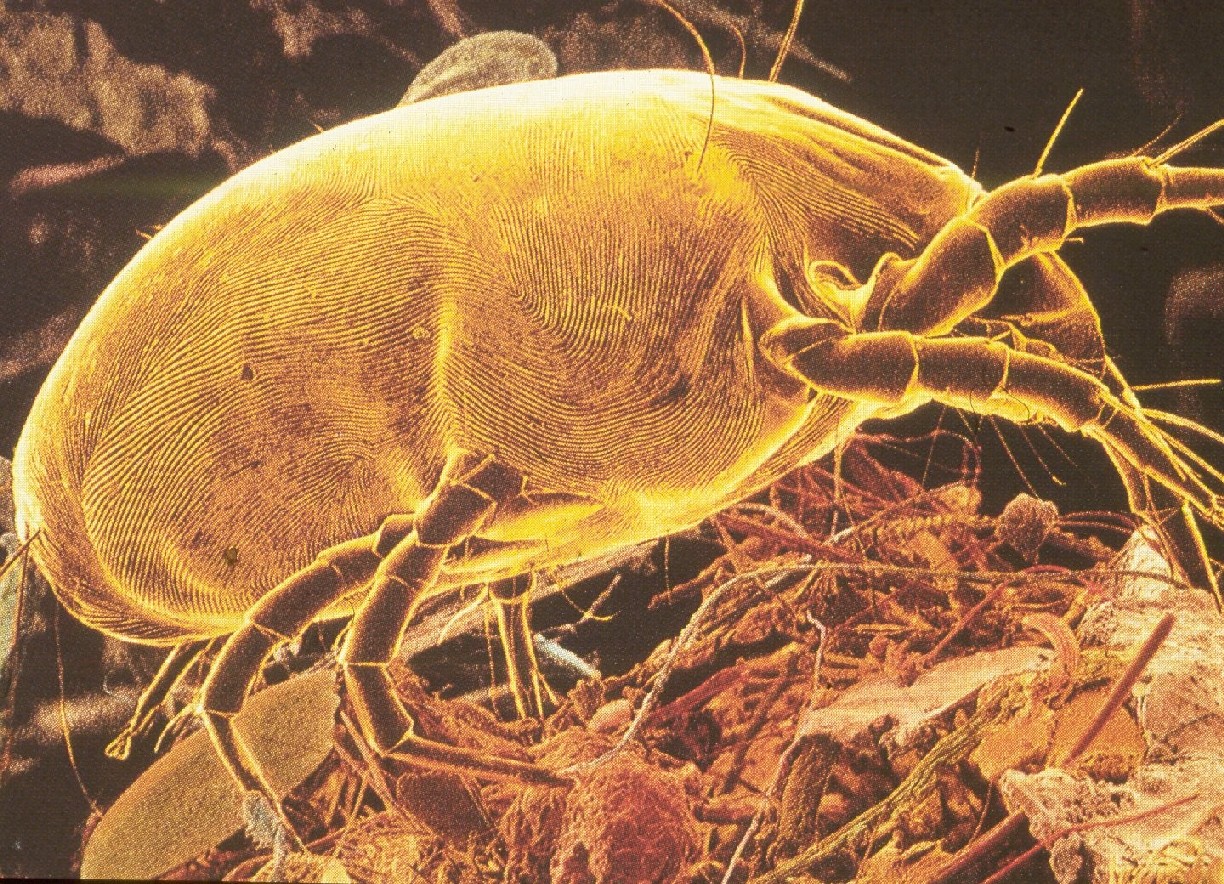
Dust mites love and thrive on high moisture levels. With ordinary washing, tap water is cold. Dust mites will not die in cold water. It will be killed on high heat and hot water washing. And so, to eliminate it, washing your beddings in hot water or using a dryer at 54.4 degrees Celsius, as stated above, will kill the dust mites.
What Laundry Detergent Kills Dust Mites?
According to a recent study, some detergents soaps can help eliminate dust mites during the laundry process. These laundry detergents are anti-allergens, as formulated. You can use Allersearch, Ecology Words, and Allertech.
How To Use A Laundry Dryer To Kill Dust Mites
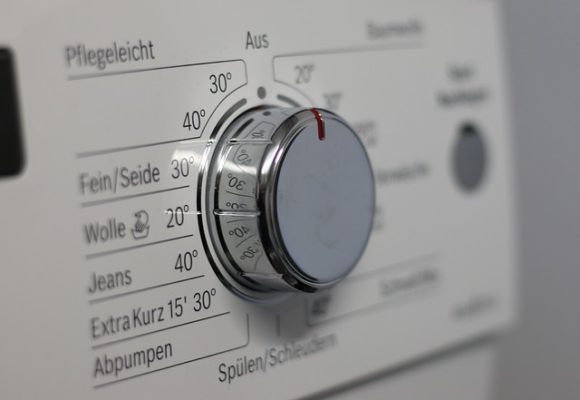
You have to set the dryer at 54.4 degrees Celsius. This is necessary to kill the dust mites. Of course, you would want to wash your beddings first since washing will get rid of the mites and their droppings. The droppings are the cause of allergic reactions.
Also Read: Does Febreze Kill Dust Mites?
How To Choose The Right Dryer For Dust Mites
Here are some features that newer dryers have for the benefit of those with allergies:
- A knob or button for temperature (increase and decrease)
- A sensor to adjust the dry load mode
You have to choose the dryer which has a high-temperature button or knob. It should be at least 54.4 degrees Celsius.
Other Ways To Kill Dust Mites In the Laundry
You can also put a laundry additive like DeMite. Aside from changing your beddings weekly, washing them accordingly, and drying the beddings at a temperature of 54.4 degrees Celsius, you can use this DeMite.
With DeMite, you can use any water even if it is not hot. The purpose of DeMite and laundry additives, similar to its function, is to eliminate dust mites and allergens left by dust mites even if the water temperature while washing is cold.
Final Words
Dust mites are everywhere. It is a pain, especially for those who are allergic to it. All we can do is practice ways to get rid of it, like washing beddings in hot water, drying them in high temperatures, maintaining the cleanliness within your home, and keeping the moisture levels down in your house.
